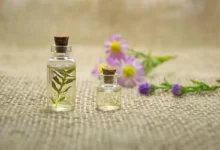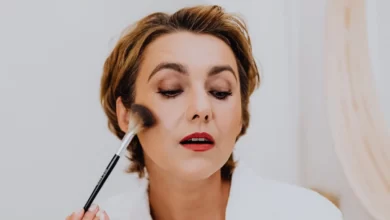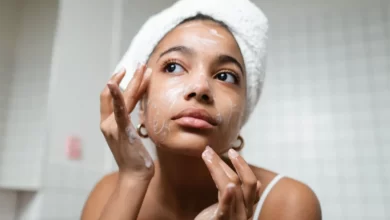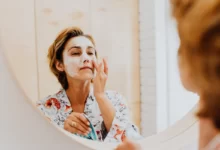Introduction
Beautiful, strong, and healthy nails are not just a sign of good grooming but also an indicator of overall well-being. Just like our skin and hair, nails require proper care and attention to maintain their vitality. Neglecting nail health can lead to brittle, weak, and discolored nails, causing frustration and discomfort. In this comprehensive guide, we will unveil the secrets to achieving and maintaining healthy and strong nails through effective nail care practices.
Understanding Nail Anatomy
Before diving into nail care tips, it’s essential to understand the structure of your nails. Nails are composed of a protein called keratin, the same protein found in our hair and skin. Nails are layered structures that consist of the nail plate, cuticle, nail bed, and matrix. Understanding this nail anatomy is essential for tailoring your nail care routine to meet the specific needs of each component.
The nail plate, for instance, is the visible part of the nail that we often paint and adorn. It serves as a protective barrier for the underlying structures and requires proper nourishment to remain strong and resilient. The cuticle, often pushed aside or trimmed without much thought, acts as a natural seal to prevent infections. The nail bed and matrix are the foundations of nail growth, playing a crucial role in the overall health and appearance of your nails.
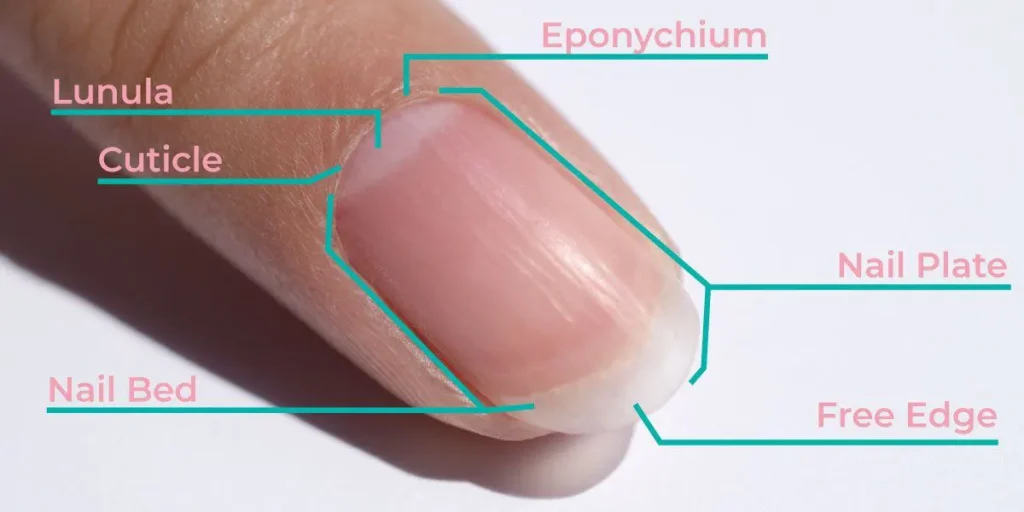
The Foundation of Healthy Nails – Diet and Hydration
The journey to healthy nails begins within. A well-balanced diet rich in essential vitamins, minerals, and nutrients is paramount for promoting nail health. Proteins, such as lean meats, poultry, and legumes, provide the building blocks necessary for strong nails, while biotin, found in eggs and nuts, supports nail growth and thickness. Including leafy greens, citrus fruits, and berries supplies a dose of vitamins A and C, which are essential for nail strength and health.
Hydration is equally important. Drinking an adequate amount of water throughout the day not only keeps your body hydrated but also ensures your nails receive the moisture they need to remain supple and strong.
Nail Care Dos and Don’ts
Dos:
- Keep your nails clean and dry to prevent bacterial and fungal infections.
- Trim your nails regularly to maintain a uniform length.
- Use a gentle nail brush to clean under your nails.
- Use a moisturizing hand cream to keep your nails and cuticles hydrated.
- Apply a nail hardener or strengthener to protect and fortify your nails.
Don’ts:
- Avoid biting your nails, as it can weaken and damage them and can lead to potential infections.
- Don’t use your nails as tools for opening cans or scraping surfaces.
- Limit exposure to harsh chemicals and detergents, or wear protective gloves when working with them.
- Avoid overusing nail polish remover, as it can dry out nails and cuticles.
Nail-Friendly Lifestyle Habits
Protect Your Nails:
- Wear gloves when gardening or doing household chores to prevent nail damage.
- Apply a clear nail polish to add an extra layer of protection.
Avoid Excessive Moisture:
- Prolonged exposure to water can weaken nails. Wear gloves when doing dishes or working with water.
Nail-Friendly Manicures:
- Opt for regular manicures and pedicures to maintain nail health.
- Choose nail polishes that are free of harmful chemicals like formaldehyde, toluene, and DBP.
Cuticle Care
- Gently push back your cuticles after a shower when they’re soft.
- Avoid cutting your cuticles, as they serve as a natural barrier against infection.
- Apply cuticle oil regularly to keep them moisturized and prevent dryness.
Nail Art and Polish
Proper Nail Polish Application:
- Apply a base coat to protect your nails from staining and enhance polish adhesion.
- Apply thin layers of nail polish to prevent chipping and ensure even coverage.
- Finish with a top coat for added shine and longevity.
Nail Art Safety:
- Ensure the tools and materials used for nail art are clean and sanitized.
- Avoid excessive filing or buffing, as it can weaken nails.
Signs of Nail Problems
It’s essential to pay attention to any changes in your nails, as they can indicate underlying health issues. Discoloration, ridges, and changes in shape could signal potential problems that require medical attention. Consult a dermatologist if you notice persistent issues.
Conclusion
Achieving healthy and strong nails is not an overnight process but a commitment to consistent care and maintenance. By understanding the fundamentals of nail anatomy, adopting a balanced diet, practicing proper nail hygiene, and following these expert-recommended tips, you can have nails that are not only beautiful but also a reflection of your overall well-being. With dedication and patience, you’ll be well on your way to flaunting nails that are the envy of everyone around you. Start implementing these nail care secrets today and watch your nails transform into a stunning testament of self-care and good health.
